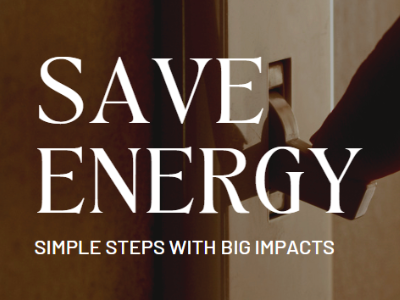
With cooling Season upon us here's some tips to run a more efficient Chiller Plant
Optimizing the energy usage of your chiller plant during the peak season load can be challenging, but with the right strategies, you can enhance efficiency and minimize costs. Here are some tips:
Chiller Maintenance: Regular maintenance is key for any machine to perform at its peak. For chillers, this might include cleaning condenser coils, inspecting for refrigerant leaks, checking alignment of pulleys, belts and other moving parts, and keeping heat transfer surfaces clean.
Optimal Loading: Generally, chillers operate more efficiently at or near their full-load capacity. If you have multiple chillers, consider load balancing so each chiller is operating near its peak efficiency point.
Variable Speed Drives: Installing variable speed drives (VSDs) on your chiller motors can significantly improve energy efficiency. VSDs adjust the speed of the motor to match the cooling load, saving energy when the chiller is running below its full load.
Efficient Pumping and Cooling Tower Strategies: Energy usage can be optimized by carefully coordinating the pumping system and cooling towers with the chillers. A variable-flow pumping system can save significant energy by varying the flow of cooling water based on demand.
Effective Temperature and Humidity Control: Ensuring that the plant is not cooling more than needed can save significant energy. Instead of cooling to the lowest possible temperature, adjust the settings to provide just enough cooling to maintain a comfortable environment.
Free Cooling: If the external ambient temperature is lower than the return chilled water temperature, use a free cooling system. This uses the lower external temperature to cool the water, reducing the load on the chiller.
Heat Recovery: Depending on your chiller plant configuration and the building’s needs, heat recovery can be an effective method to use waste heat from the chiller for space heating, hot water, or other processes.
Energy Management System: An energy management system can help monitor and control the chiller plant's energy use. It can provide data that can be used to identify inefficiencies and opportunities for improvement.
Insulation: Ensure all piping and the chiller itself are adequately insulated. This can help reduce unwanted heat gain or loss.
Remember, every chiller plant is different, and what works best will depend on your specific equipment and operating conditions. Consult with an HVAC professional or energy management consultant for personalized advice.




